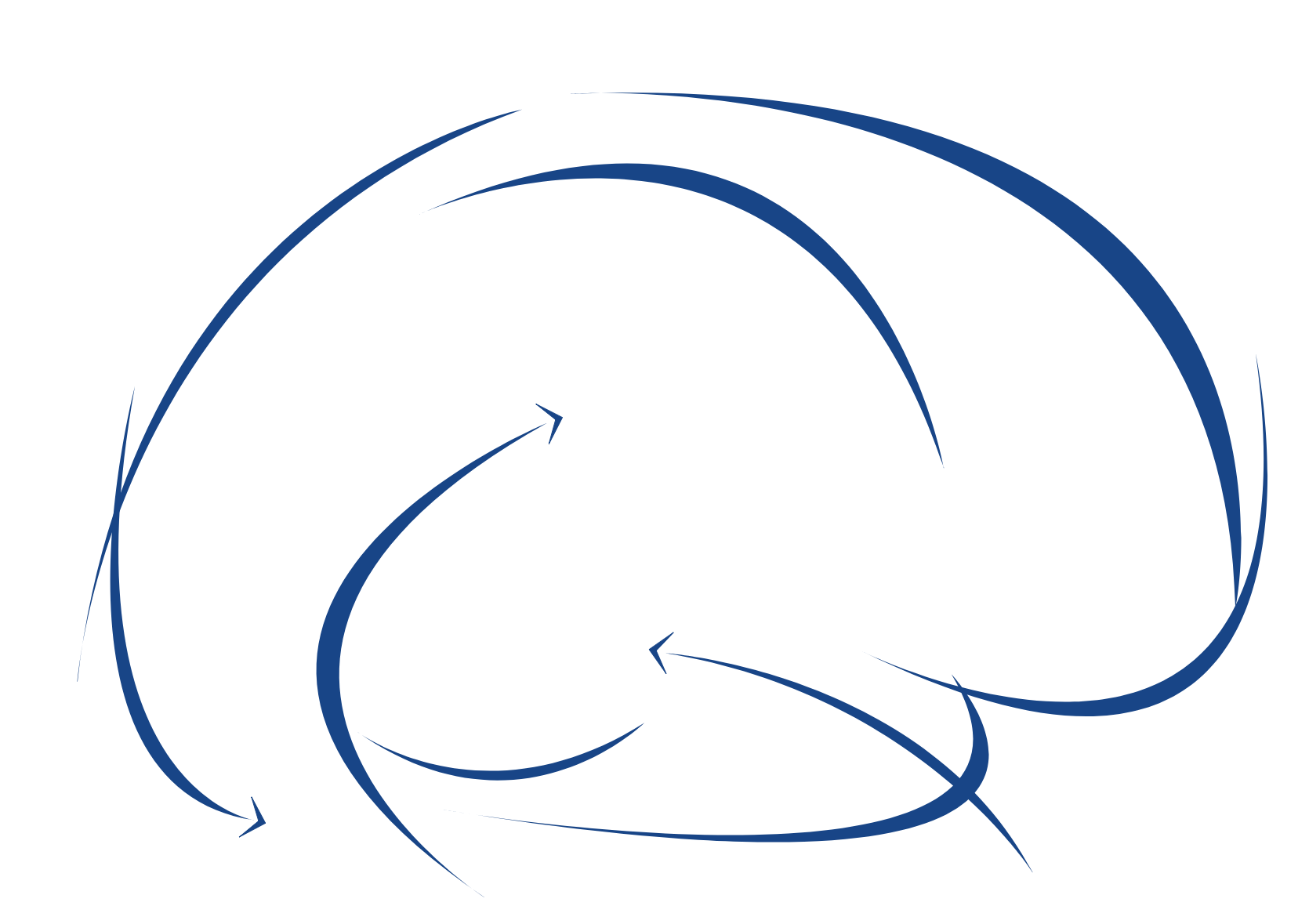Talk of Mara Mather on March 21st at 4:30pm (Online, Zoom only):
Title: The noradrenergic arousal system in aging
The locus coeruleus (LC) is a small brainstem nucleus that provides most of the brain’s noradrenaline. As the brain’s hub region for arousal, it integrates signals about wakeful, autonomic, and emotional arousal and coordinates brain activity to support the current arousal state. Our GANE model posits that, due to its interactions with local cortical excitatory activity, noradrenaline released under arousal can flexibly enhance processing of representations that currently have high priority. The LC’s role in aging is of particular interest because, before any other Alzheimer’s-related pathology can be detected in the cortex, initial indications of tau pathology appear in the locus coeruleus and slowly spread along its axons. Tau tangles appear in the initial cortical targets of the LC (medial temporal cortex and hippocampus) before other regions. More generally throughout the brain, release of noradrenaline can either promote or suppress the production and accumulation of amyloid-β and tau. Thus, LC function is likely to influence the rate of Alzheimer’s disease progression. Evidence suggests that stress-induced high tonic levels of LC activity accelerate Alzheimer’s disease while the phasic burst pattern of LC activity seen under conditions of novelty is protective. In a recent clinical trial, we used 5 weeks of daily slow paced breathing during heart rate variability biofeedback to reduce noradrenergic activity and increase parasympathetic activity, compared to an active comparison condition. Differential changes across the two conditions in LC structure and the volume of hippocampal subregions targeted by the LC suggest that this intervention affects the LC in ways that promote healthy brain aging.
website: https://gero.usc.edu/faculty/mather/
